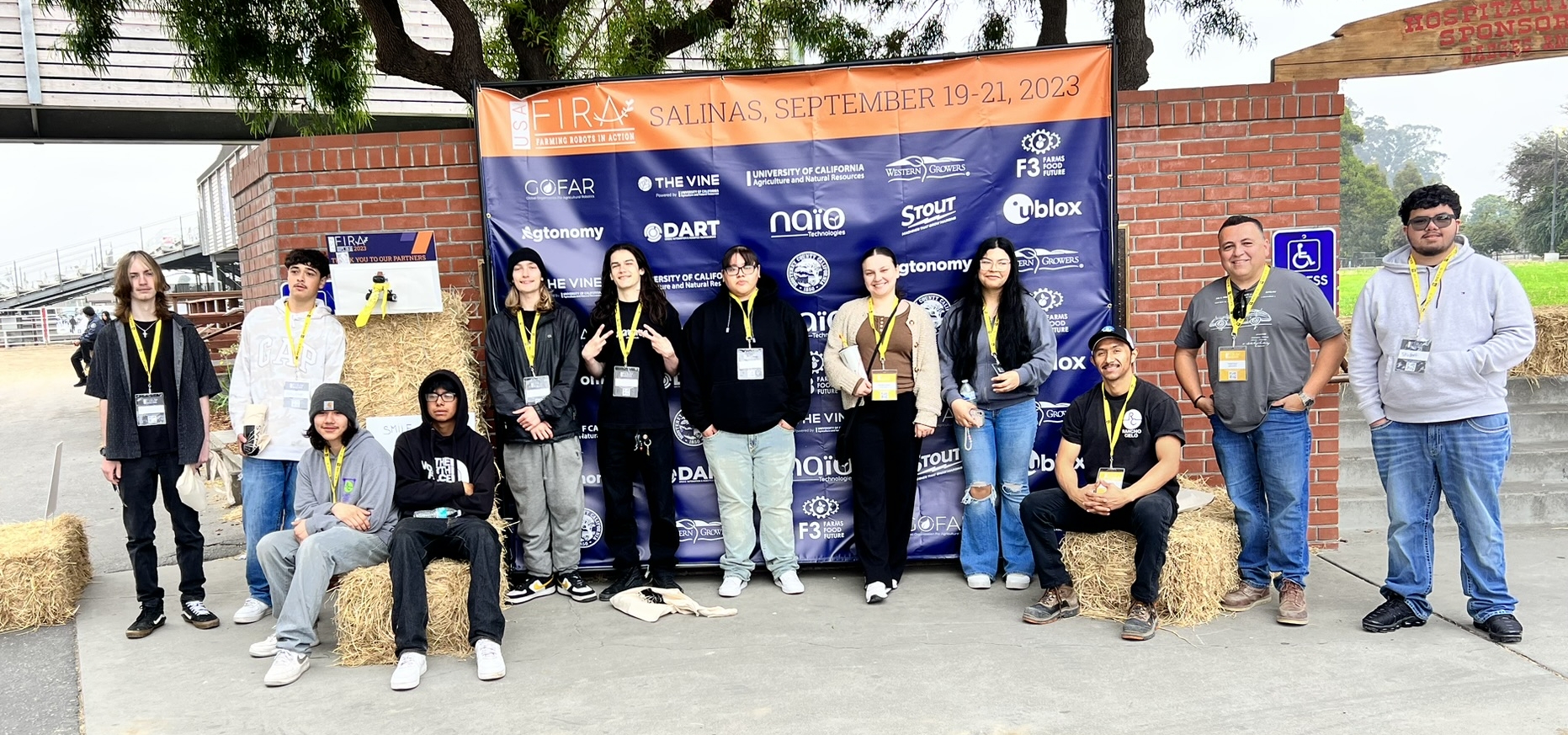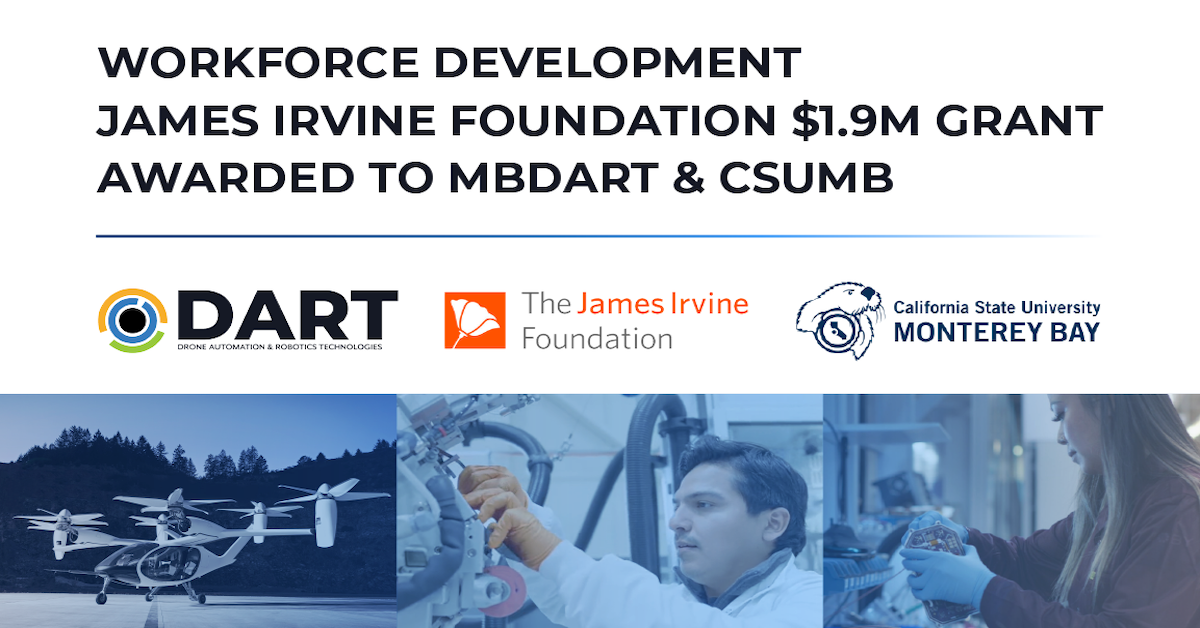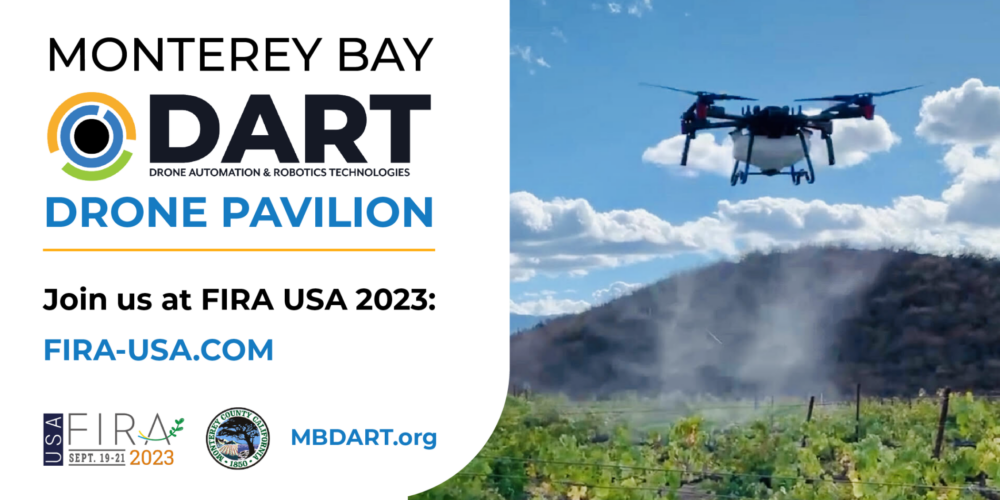SIEDI Delegation Explores FIRA-USA 2023
A SIEDI (Salinas Inclusive Economic Development Initiative) delegation explored the emerging world of robotics in agriculture by attending the FIRA-USA conference in September at the Salinas Rodeo Grounds. Participants included representatives from Mujeres en Acción, ALBA and Loaves, Fishes and Computers along with the Ag Tech class from Rancho Cielo.



